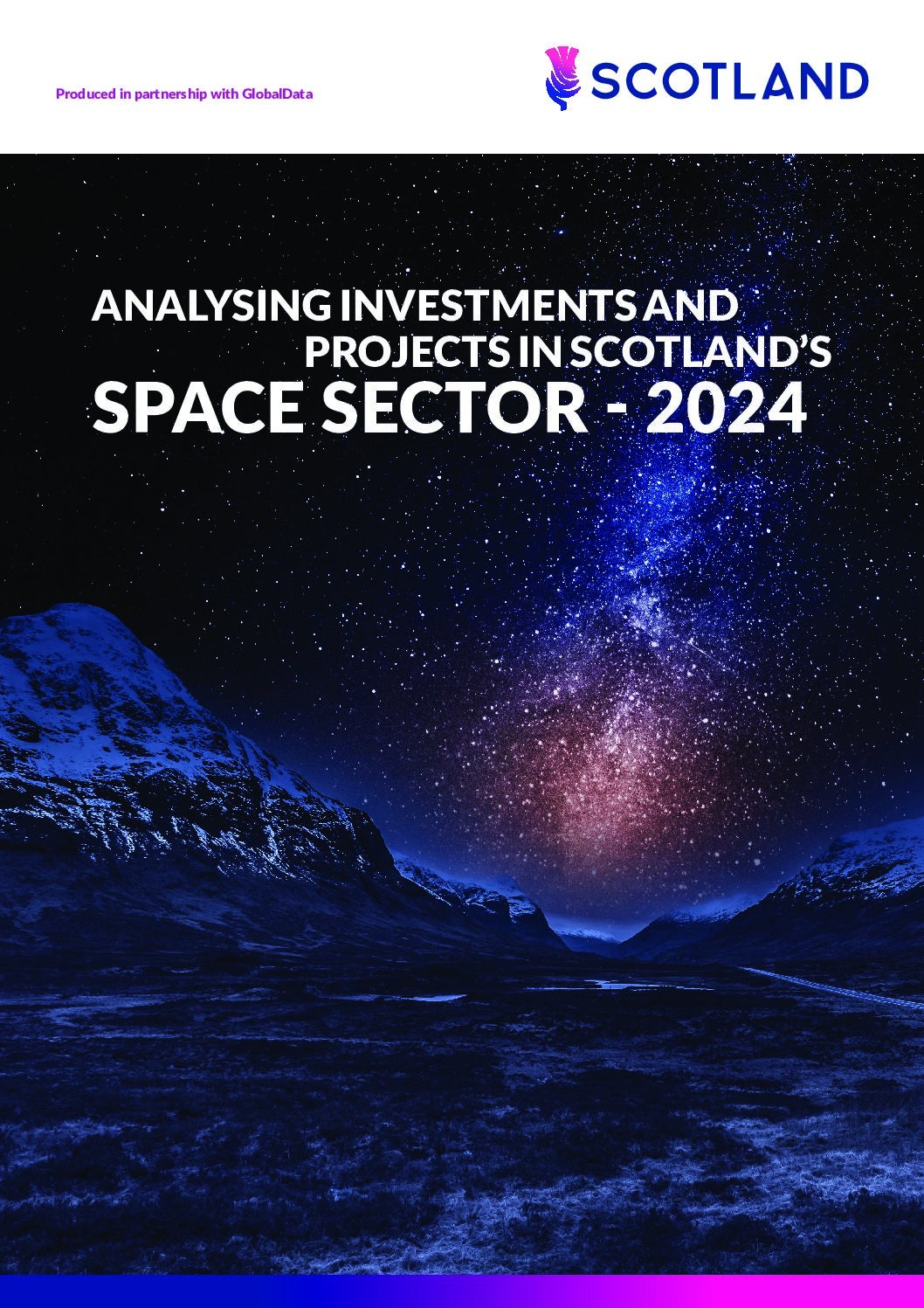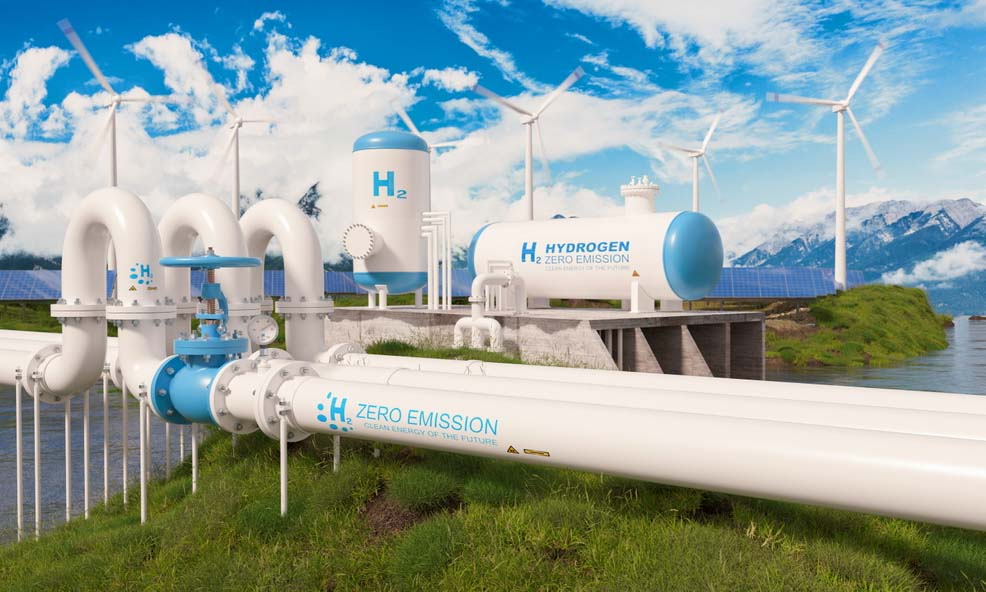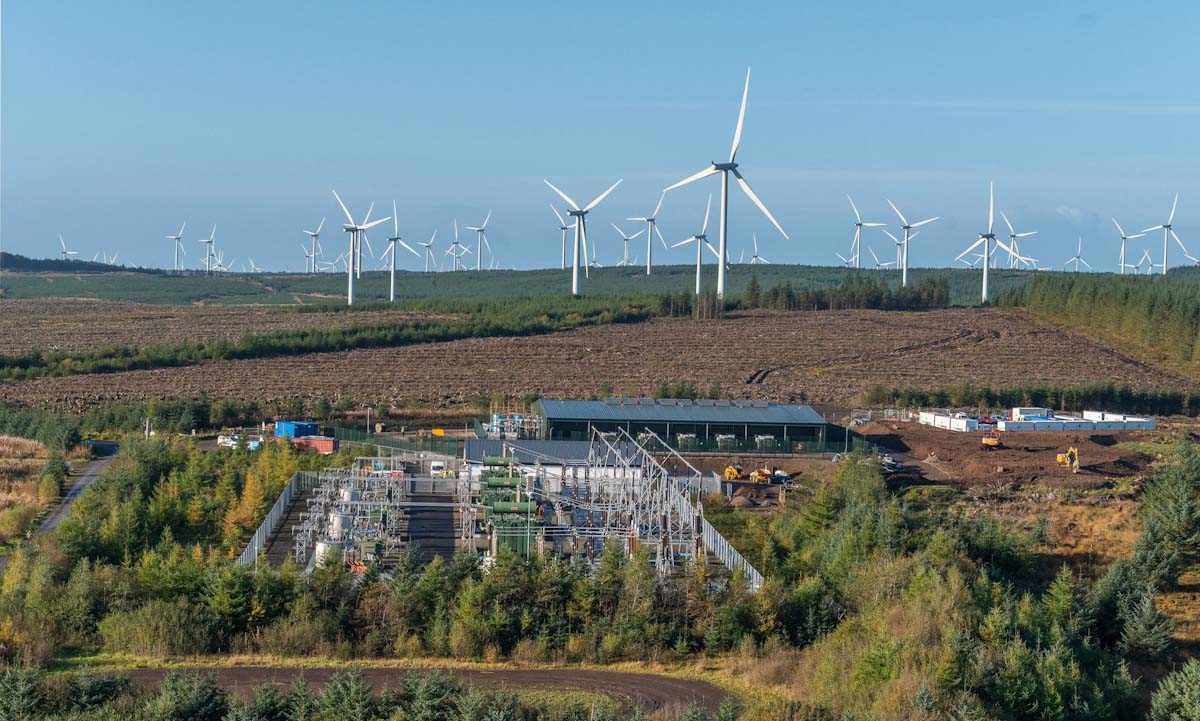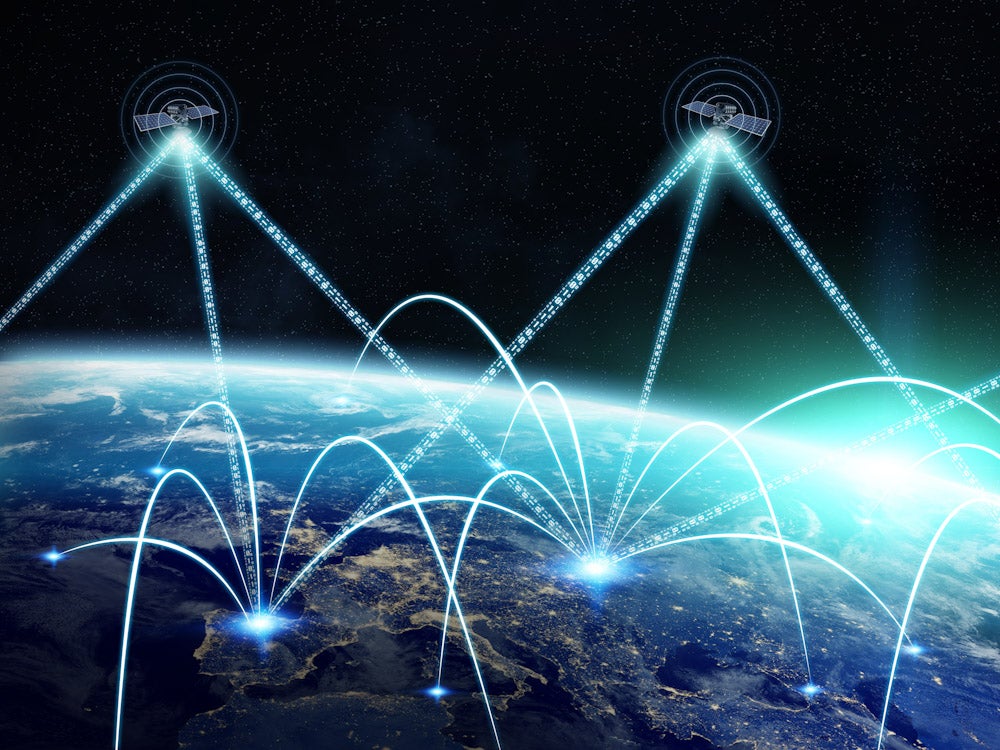
Improved transparency and traceability are a top priority for nearly every stakeholder in the value chain when it comes to environmental, social and governance, but now one of the most effective ways to monitor supply chains and activities on the ground is using data from outer space.
Satellites in orbit capture images of areas such as farms, roads and ports, and send files back to Earth to provide shipping companies and customers with an increased ability to track a shipment’s location and progress along the supply chain.
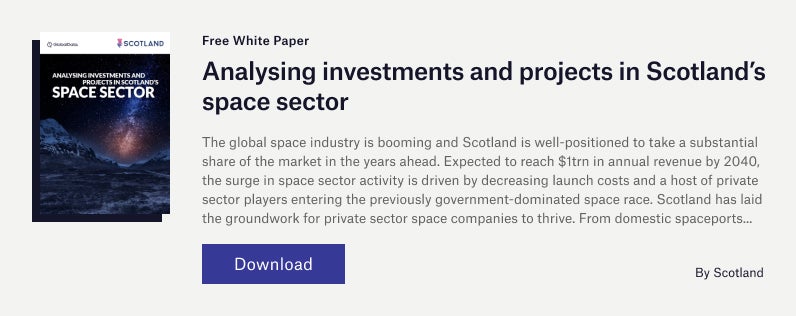
Data transmitted can also help analysts determine information such as soil health and levels of deforestation, as well as track the prevalence of pests and wildfires. Such data enables analysts to predict crop yields in certain seasons more accurately, which is proving particularly important amid increasingly unstable weather patterns.
“We are just beginning to scratch the surface of what is possible,” says Robin Sampson, managing director of Scotland-based space data start-up Trade in Space.
Because of the improved clarity, space data used in supply chain verification can also help prove that goods are produced sustainably – from coffee to cacao.
“We can verify that production has been sustainable, and we are tracing sustainable and unsustainable cacao to make sure the two don’t get mixed,” Sampson says. “We wanted to verify they had the asset they were trying to sell, look at it from a satellite, measure aspects about it and then tokenise those assets [using blockchain technology].”
Sampson’s company has worked on tracing cacao and coffee from farms in South America to factories. Furthermore, space data can be used by farmers to gain access to improved insurance packages.
“We can get a much higher granularity of data and insight into which farms are producing the most cacao, and which farms might have deficiencies in their supply chain somewhere because some soil is underperforming,” explains Sampson.
The space data market
Businesses are realising the potential power that space data has for improving traceability, and the market is expected to boom within the next decade. Many predict that it could be a multi-billion-dollar industry by 2030. The exact value can vary from expert to expert; however, one thing is for certain – the market is growing quickly.
The fast growth in space data is attributed to an increasing number of satellites in orbit and an emerging market for data sales. There are currently more than 4,500 active satellites in orbit, with more than 100,000 proposed globally.
“The launch costs are coming down, but the cost of the data seems to be lagging behind a bit,” Sampson adds. “However, there is a huge amount of observational data that is going to arrive in the market over the next three to four years.”
The sector is expected to experience continued growth as launch costs come down and technological advances increase the commercial viability of monitoring from space. A factor likely to result in costs dropping is the new spaceports in development. Five are being built across Scotland, with the first launches planned within the next few years.
A further advantage that Scotland has is its cluster for AI, data and advanced tech, providing many opportunities to build partnerships. Specifically, the advances in quantum technologies being made in Scotland will dramatically enhance the capabilities of data transfer and storage – with significant benefits for space data in terms of speed and encryption.
Access to universities to advance space technologies
With 170 data science companies based in Edinburgh alone, and more than 130 space organisations and 83 aerospace companies in Scotland, the country’s space sector is buzzing with activity.

Companies active in Scotland also have the advantage of establishing connections with the country’s universities, which produce world-class research. For Trade in Space, access to the University of Edinburgh and University of Strathclyde facilities and their researchers was crucial.
“I went to the University of Edinburgh, because I thought there would be people there who knew how to do what we were trying,” Sampson says. “And they found some funds to help us do this project and they helped with the proof of concept. Everyone won out of it.”
Beyond the universities’ contribution to a healthy space sector, the Scottish government has made developing the industry a key priority. The government’s ambition is to secure a £4bn share of the global space sector by 2030.
Evidence of this drive is in how Scotland is quickly positioning itself to provide everything – from satellite manufacturing and launch facilities to technical instrumentation on those satellites and the data processing required to make products and services.
By 2040, the global space sector is predicted to be worth $1trn, which would present further opportunities for businesses and innovations to flourish in Scotland.
To learn more about Scotland’s developing space sector, download the specially commissioned white paper on this page.

